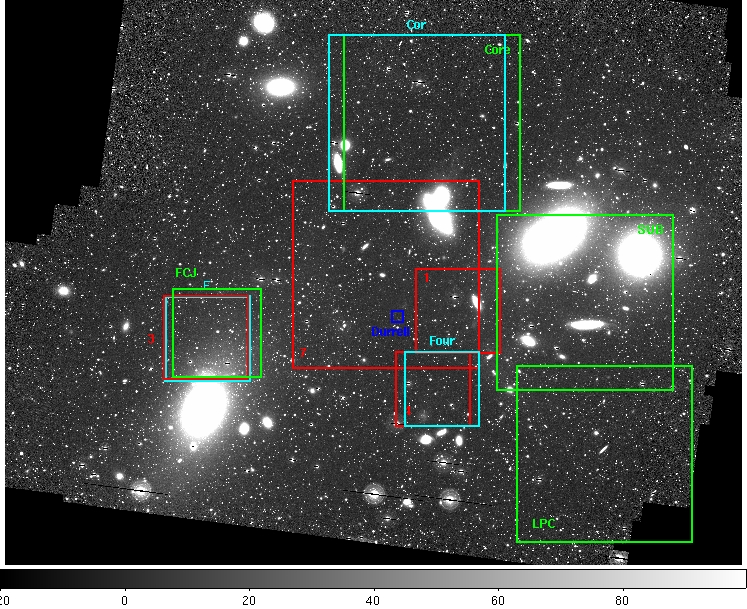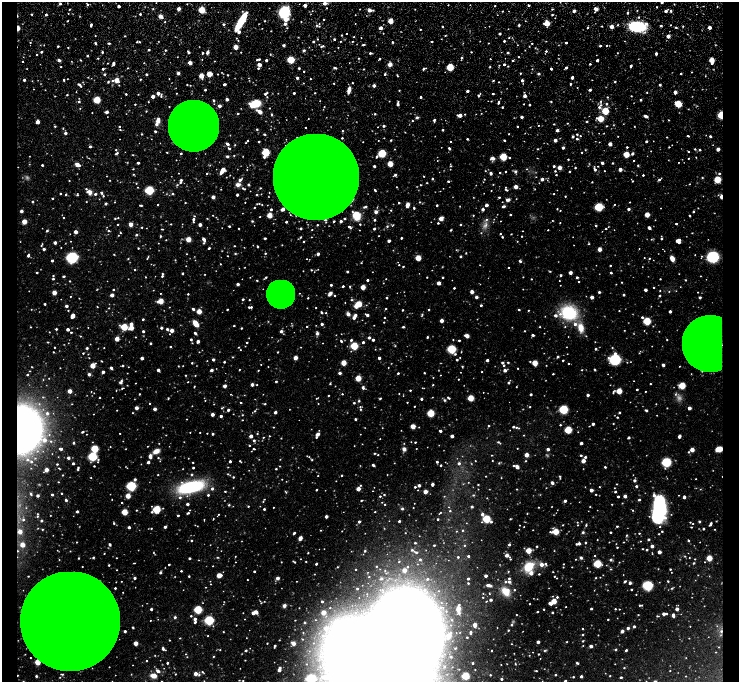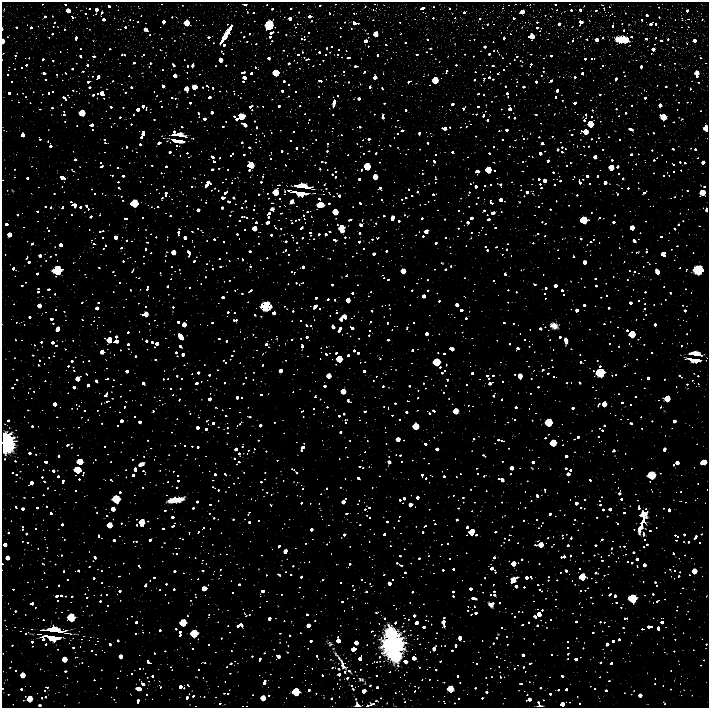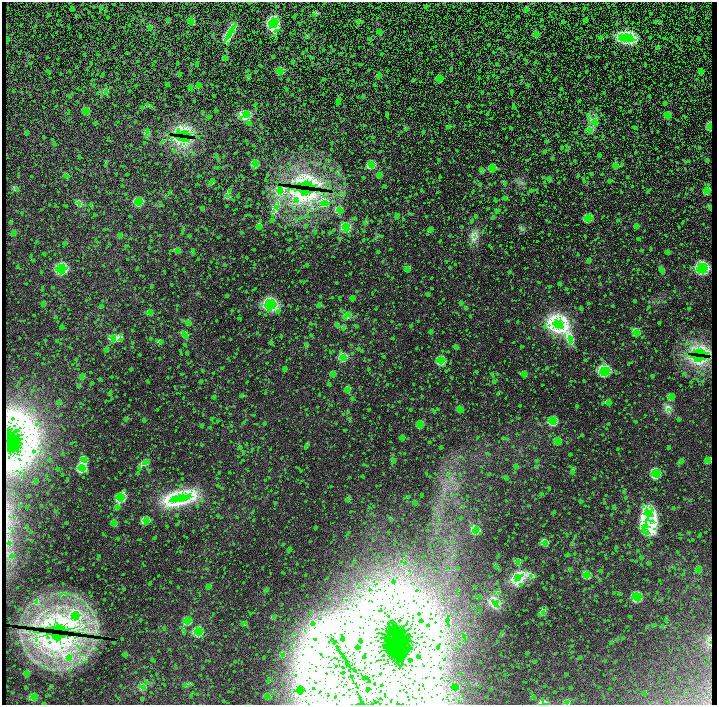






| STATISTICS
Now, with Monte-Carlo Error Bars! |
||||||||||||||||||
| preparing the data |
Final masking techniques used* |
Theoretical data generation methods*
& sub-sampling to match observations |
Methods to add contaminants to fake
data* |
Methods to smooth* and add
contaminants to fake data Changing smoothing size* O-MCStats on changes* |
||||||||||||||
| which data is used |
REAL
DATA |
FAKE
DATA |
FAKE
DATA (with contaminants) |
FAKE
(smoothed)DATA (with contaminants) |
||||||||||||||
| box selection method |
/ Centered / \ |
\ Random / \ |
/ Centered / \ |
\
Random / \ |
/ Centered / \ |
\
Random / \ |
/ Centered / \ |
\ Random / | \ |
||||||||||
| overlap? |
overlapping |
spaced |
overlapping* |
spaced |
overlapping |
spaced |
overlapping |
spaced |
overlapping |
spaced |
overlapping |
O-MC |
spaced |
overlapping |
spaced |
overlapping |
0-MC* |
spaced |
overlapping
boxes, most accurately the O-MC link, to the version
where the box selections AND theoretical catalogs have both been
Monte-Carlo-ed.